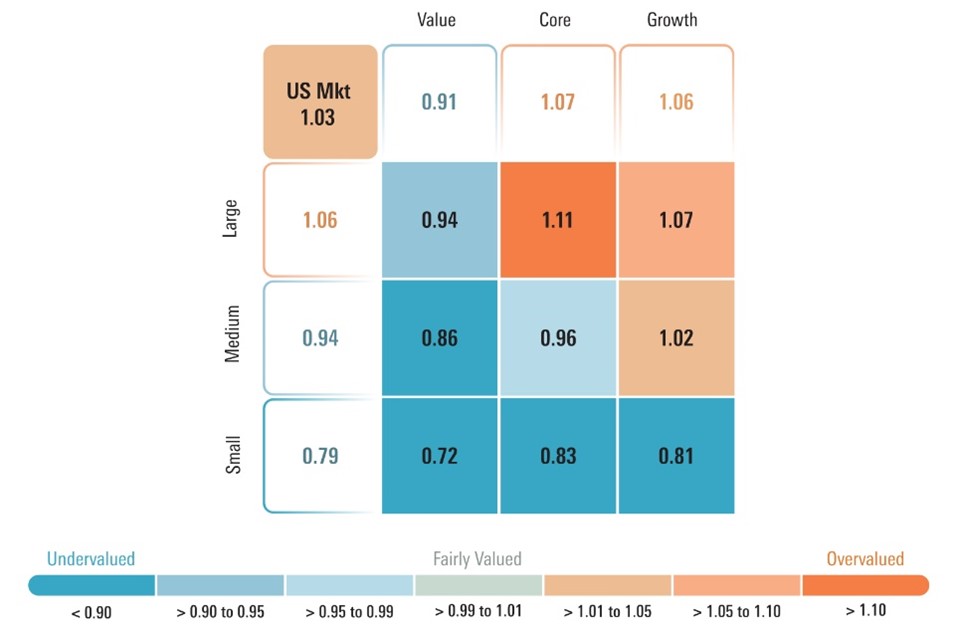AI trading platforms that predict/analyze stocks are well-known for their ability to customize strategies that meet the demands of their users. This allows them to adapt to specific trading objectives and conditions, including risk tolerance. A platform that has extensive customization options can greatly enhance your trading effectiveness. Below are the top 10 suggestions for evaluating the ability to customize your strategy on these platforms:
1. Evaluate Pre-Built Strategy Templates
The variety of templates available: Check whether the platform has an array of already-designed trading strategies (e.g. day trading, swing investing, long-term investment).
The ease of use is an excellent indicator.
Performance history: See whether you have access to historical information about the performance of pre-built strategies.
2. Examine Customized Strategy Development
Drag-and-drop applications: Search for platforms that have intuitive drag and drop interfaces to customize strategies.
Explore the coding options available on the platform. For advanced users, it may be beneficial to use custom scripting languages (e.g. Python or R).
Flexibility: You should be able define the criteria for entry and exit, risk management parameters and other aspects that are essential to your plan.
3. Check for Backtesting Capabilities
Historical data. Examine whether your platform can provide enough historical data in order to backtest your strategy.
Flexible settings: Ensure to have the ability to alter the parameters when backtesting.
Performance metrics: Verify whether the platform provides specific performance metrics that can be used to backtest strategies (e.g. win rate Sharpe ratio, drawdown).
4. Evaluate Real-Time Strategy Testing
Paper trading: Ensure that the platform lets you simulate or test your strategies without risking any capital.
Live testing You can test your strategies in live markets with tiny amounts of capital to determine their performance.
Real-time adjustments: Determine whether you are able to tweak strategies in real-time, based on market conditions.
5. Assess Integration with Technical Indicators
Indicator library: See if the platform offers an extensive library of indicators that are technical (e.g. Moving averages, RSI, MACD).
Custom indicators you should be able to design or import your own indicators that you can utilize in your strategies.
Indicator combinations: Verify whether the platform permits multiple indicators to create more complicated strategies.
6. Check for Risk Management Tools
Stop-loss/take-profit: Ensure the platform allows you to set stop-loss and take-profit levels within your strategies.
Position sizing: Determine if you are able to establish rules for sizing positions (e.g. an amount fixed or a percentage of portfolio) to help manage risk.
Risk-reward: Check if your platform allows you to set risk-reward for each strategy or trade.
7. Evaluate Multi-Asset Strategy Support
Asset classes: Make sure that the platform offers strategies that can be used for multiple asset classes.
Cross-asset strategies: See if you can create strategies that use multiple asset classes (e.g., Hedging, pairs trading).
Market coverage: Make sure the platform you're interested in has market coverage for the markets that are of interest to you (e.g. US or international copyright, for instance).
8. Evaluate the Automation and Execution
Automated trading: Ensure the platform is able to automate the execution of strategies that are based on predefined rules.
Order types - Check that the platform supports a variety of order types to execute strategies (e.g. stop limit, market or stop).
Latency Check: Ensure that the platform is able to allow trades to be executed at minimal latency. This is especially important for high-frequency strategy.
9. Look for tools for optimizing your strategy.
Optimization of parameters: Ensure that the platform offers tools to optimize the parameters of your strategy (e.g. grid search or genetic algorithm).
Machine learning integration. Check if your platform incorporates machine learning to enhance and improve strategies.
Scenario analysis: Verify whether the platform permits testing strategies under different market scenarios (e.g., bull, bear, volatile).
Review User Comments
User reviews: Examine feedback from customers to evaluate the platform's effectiveness for strategy and personalization.
Forums for community members. Check if users are able to share and discuss their strategies in a lively community.
Support resources for users - Make sure that the platform includes guides and instructions for users to create and improve strategies.
Bonus Tips
Trial period: Use the trial for free to test the strategy's customization capabilities.
Scalability: Make sure the platform can cope with increasingly complicated strategies as your trading evolves.
Customer support: Find out whether you can seek assistance with strategy-related questions or issues.
Use these guidelines to evaluate the AI platforms' stock prediction and analysis ability to customize strategies. By doing so you can ensure you choose a platform that aligns with your goals for trading and allows you develop and improve your individual strategies. A platform that has robust customization capabilities will allow you to be flexible to market conditions and enhance the efficiency of your trading. Have a look at the recommended ai for stock predictions tips for website recommendations including AI stock picker, best ai trading software, ai trading tools, best ai trading app, ai investment platform, options ai, investing ai, ai investing platform, ai for investing, best AI stock trading bot free and more.

Top 10 Suggestions For Evaluating The Reputation, Reviews And Reviews Of Ai Stock Trading Platforms
Assessing the reputation and reviews of AI-driven stock prediction and trading platforms is vital to ensure reliability, trustworthiness and efficiency. Here are the top 10 ways to assess reputation and reviews.
1. Check Independent Review Platforms
Look for reviews of trustworthy platforms, such as G2, copyright and Capterra.
Why independent platforms are unbiased and provide feedback from actual users.
2. Examine testimonials from users as well as case studies
Tip: Read user testimonials and case research on the platform's website or on third-party websites.
The reason: They offer insights into the performance of real-world applications, user satisfaction and the like.
3. Read Expert Opinions from Industry Experts Recognition
Tip: Research whether the platform has been approved or reviewed by industry experts, financial analysts, or reliable magazines.
What's the reason? Expert endorsements provide credibility for the platform.
4. Social Media Sentiment
Tip Monitor social media sites (e.g. Twitter. LinkedIn. Reddit.) to learn what others are talking about and how they feel about it.
What's the reason? Social media gives an unfiltered view of trends and opinions on the platform.
5. Verify compliance with regulations
TIP: Ensure the platform you use is compliant not just with privacy laws, but also with financial regulations.
Why: Compliance assists in ensuring that the platform is legal and ethically.
6. Transparency is key in performance metrics
Tips: Find out if the platform has transparent performance metrics.
Transparency helps build trust and allows users to assess the effectiveness of a platform.
7. How to evaluate Customer Support
Tip: Read reviews about the platform's customer support responsiveness and efficiency.
Why is it important to have reliable support? It's vital to resolve any issue and providing a positive customer experience.
8. Red Flags: Check reviews for red flags
Tip: Pay attention to complaints that are recurrent for example, unprofessional service, hidden costs, or a lack of regular updates.
The reason is that a pattern of consistently negative feedback may indicate issues with the platform.
9. Evaluation of Community and User Engagement
Tips Make sure the platform has a lively community of users (e.g. Discord, forums) and engages regularly with its members.
Why is that a strong community indicates the satisfaction of customers and continuous assistance.
10. Take a look at the history of the company.
Find out more about the business by studying its history, management team, and performance in financial technology.
Why: A track-record of accomplishment increases confidence in the reliability of the platform and expertise.
Compare Multiple Platforms
Compare reviews and the reputations on a variety of platforms to determine the one that is best suited to your requirements.
By following these tips You can evaluate the reviews and reputation of AI stock prediction and trading platforms, ensuring you choose a reliable and efficient solution. Follow the top recommended you read on AI stock predictions for more advice including best ai trading platform, best AI stocks, ai in stock market, investing with ai, AI stock investing, best ai trading platform, ai options, stock predictor, AI stock prediction, ai for trading stocks and more.
